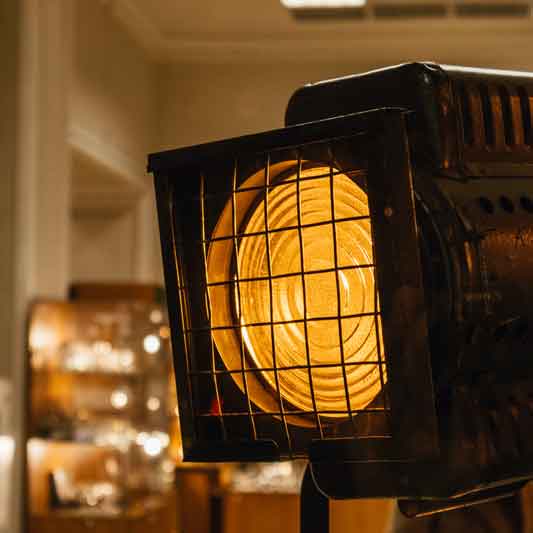Veteran stage and screen actor Tom Troupe died Sunday morning, July 20, 2025, at his Beverly Hills, California home from natural causes. He was 97 years old, having celebrated his birthday just five days earlier on July 15.
Troupe’s death was confirmed by his representative, following a prolific career that spanned more than six decades and included appearances in over 70 television shows. He was perhaps best known for his roles in classic television series, including “Star Trek,” “Mission: Impossible,” “Cheers,” “Frasier,” and “Murder, She Wrote.”
Born on July 15, 1928, in Kansas City, Missouri, Troupe began his entertainment journey by acting in local theater productions before moving to New York City in 1948 with aspirations of a show business career. His acting pursuits were temporarily interrupted when he served in the Korean War, where he earned a Bronze Star for his military service.
After returning from military service, Troupe resumed his acting career in New York and made his Broadway debut in 1957, playing Peter van Daan in “The Diary of Anne Frank” alongside Joseph Schildkraut. The production marked the beginning of what would become an extensive theatrical career.
In 1958, Troupe relocated to Los Angeles, where he began building his television and film career. His television credits included notable appearances as Lt. Harold in the original “Star Trek” series in 1967, Judge William E. Grey in “Cheers,” Bob Gilroy in “Mary Hartman, Mary Hartman,” and Tancred Baumgartner in “ER.” He also appeared in episodes of “The Fugitive,” “The Wild Wild West,” “CHiPs,” “Quincy, M.E.,” “Archie Bunker’s Place,” “Cagney & Lacey,” “Knots Landing,” and numerous other popular series.
Troupe’s film career included roles in “The Big Fisherman” (1959), “The Devil’s Brigade” (1968), “Kelly’s Heroes,” “Summer School” (1987), and “My Own Private Idaho” (1991). He also co-wrote and starred in the 1968 film “Sofi,” which was based on Nikolai Gogol’s “Diary of a Madman.”
Throughout his career, Troupe maintained strong ties to the theater world. He received a scholarship from legendary actress and teacher Uta Hagen to study at the Herbert Berghof Studio, where his fellow students included Geraldine Page, Jason Robards, Sandy Dennis, and Lee Grant. His stage credits included the national tour of “Same Time, Next Year” with Barbara Rush and the Broadway production of “Romantic Comedy” starring Mia Farrow.
Troupe frequently collaborated on stage with his wife, actress Carole Cook, whom he married in 1964. The couple appeared together in productions of “The Lion in Winter,” “Father’s Day,” and “The Gin Game.” Cook, who was known for her roles in “Sixteen Candles” and “The Lucy Show,” maintained a close friendship with comedy icon Lucille Ball throughout her career. In 2002, Troupe and Cook were jointly honored with the L.A. Ovation Award for Career Achievement, earning recognition as “the Lunts of L.A. Theater.”
Cook preceded Troupe in death, passing away in January 2023 from heart failure at age 98, just three days before what would have been her 99th birthday. The couple had been married for nearly 60 years at the time of her death.
Troupe’s extensive television career demonstrated his versatility as a character actor, with most of his appearances being single-episode roles across various genres. His work spanned from the 1960s through the 1990s, appearing in some of television’s most beloved and enduring series during the medium’s golden age.
In addition to his screen work, Troupe wrote and performed in his one-man play “The Diary of a Madman,” showcasing his talents as both a writer and performer. This production, along with his other theatrical endeavors, demonstrated his commitment to live performance throughout his career.
Troupe is survived by his son Christopher Troupe, daughter-in-law Becky Coulter, granddaughter Ashley, and several nieces and nephews. Instead of flowers, his representative has requested that donations be made to either the Entertainment Community Fund or the Pasadena Humane Society.
Troupe’s career legacy includes his contributions to both stage and screen, spanning from his Broadway debut in the 1950s through his final television appearances in the 1990s, making him a recognized figure in American entertainment for over four decades.

